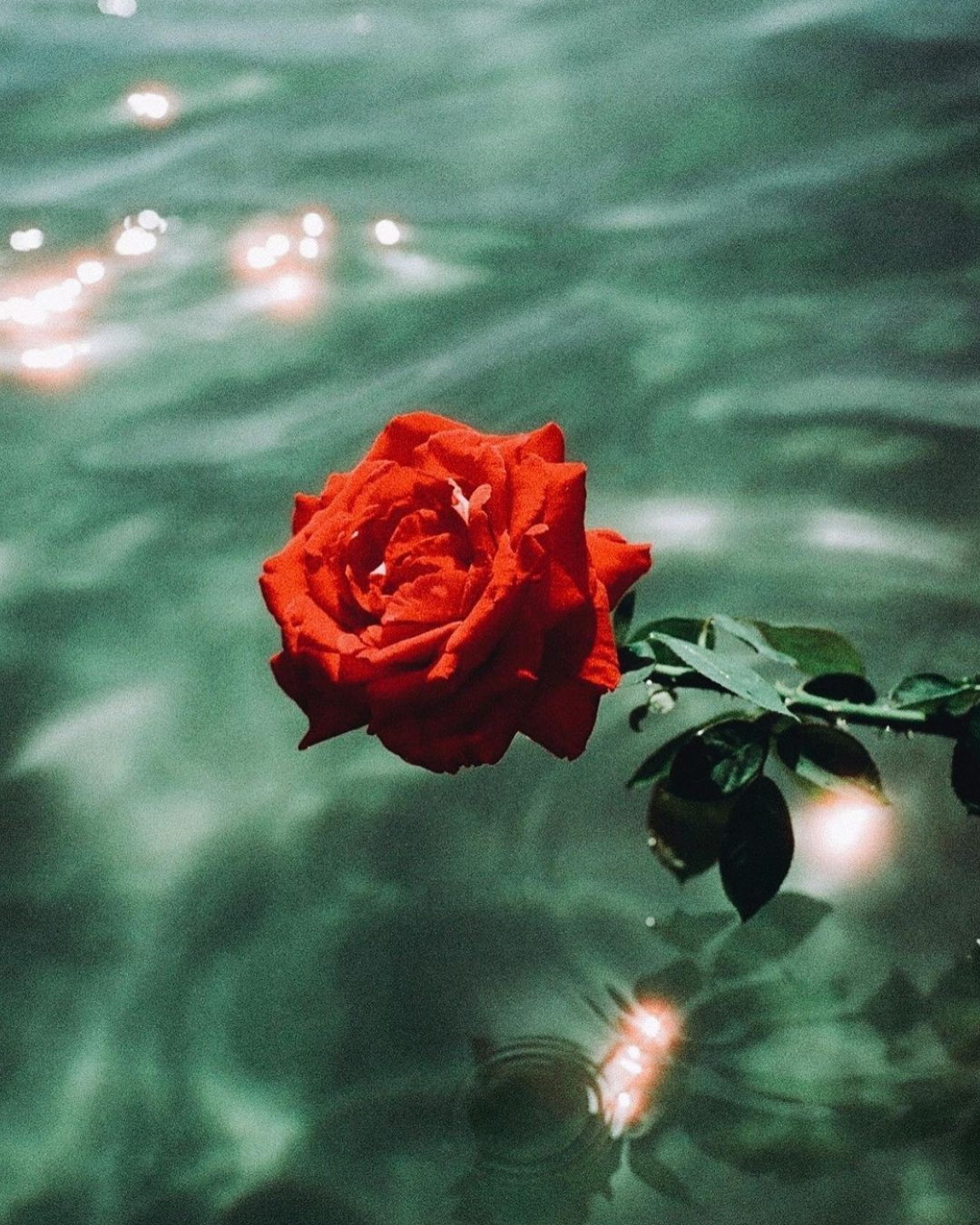What is it about roses that makes even the most restrained people lose their heads? Perhaps it’s the unabashed theatre of them: a flower that arrives dressed in velvet, oozing scent, and carrying the faintest whiff of danger. Roses are not content to sit meekly in a vase; they demand stage-light, poems, promises, and pacts sealed in perfume.

Ancient cultivators realised they could breed desire into petals, could concentrate longing into something you could crush between your fingers. And for over 5,000 years, roses have been humanity's most dangerous floral obsession — beauty that requires thorns for Roman bathers who mixed pleasure with pain and Persian poets who knew that the most compelling love stories need the tang of hurt.
The red rose carries particular weight: love with consequences, devotion that demands sacrifice, scars worth keeping. In temple gardens, priestesses offered rose petals to gods and girls crushed petals into rudimentary perfumes to attract their first lover.
This isn't the innocent pink of first infatuation or the virginal white of wedding bouquets. Red roses understand that true passion requires blood — metaphorical or otherwise. They've witnessed empires fall for want of the wrong lover, queens choose death over dishonour, poets destroy themselves trying to bottle what can only be experienced.
Roman matrons scattered rose petals in their marriage beds not for romance but for power — understanding that pleasure properly deployed could reshape inheritance laws and succession plans.
In SAGE WATER, red rose threads through mineral clarity and green sharpness like silk ribbon through steel armour. It doesn't dominate the composition but haunts it, adding warmth, devotion, danger and longing.

